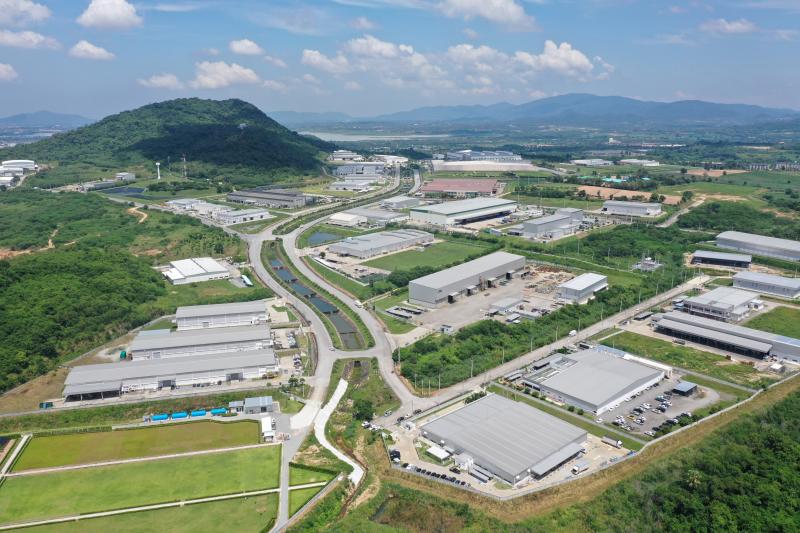
JAKARTA: Asia’s manufacturers are improving at the start of the year as the region becomes more optimistic about how China’s re-opening might help offset an otherwise gloomy outlook for the rest of the world.
Factories in Southeast Asia ramped up production and purchasing in January as new orders piled in, data from S&P Global manufacturing purchasing managers’ indexes (PMIs) showed Wednesday. Signs that prices are softening, and supply chain disruptions are easing also lifted business confidence for factory output over the next 12 months.
Thailand led the region with a January PMI reading of 54.5 — a jump from 52.5 the prior month. The Philippines and Indonesia also posted readings above 50, the mark separating expansion from contraction.
While others in Southeast Asia remained in negative territory last month, most saw manufacturing conditions improve. Malaysia was the only country in the region where conditions worsened as PMI fell to a 17-month low of 46.5.
“With supply-side pressures easing, and inflation rates below their post-pandemic averages, this could support further improvements in business conditions in the months ahead,” S&P Global Market Intelligence economist Maryam Baluch said of Southeast Asia’s performance. “It’s vital that demand conditions continue to recover and are able to support growth momentum into the rest of 2023.”
Activity in North Asia, however, was more mixed. South Korea’s manufacturing PMI improved slightly to 48.5 from December’s 48.2, although still below 50. Japan was steady at 48.9, the same as the previous month.
Surveys for both countries, though, suggested that factories were increasing employment in anticipation of improving global economic conditions that would spur new business. That was better than the outlook in Taiwan, where the PMI slump deepened to 44.3 from 44.6. Manufacturers there held a sombre outlook, trimming their buying activity and inventory.
The data provide a sharper view of how the global demand outlook is impacting some of the world’s most critical trade engines.
The International Monetary Fund (IMF) reiterated this week that tight monetary policy among central banks and Russia’s invasion of Ukraine will continue to weigh on economic activity through the year.
The Washington-based institution still upgraded its global growth forecast slightly, though, in part on optimism that China’s reopening will buttress demand. The emergence of the world’s second-largest economy from its strict Covid Zero strategy last year has also raised hopes in Asia that the region’s biggest trading partner will soon generate more demand for goods.
“If the message from Tuesday’s strong official PMIs was that China has started a brisk recovery, the message from Wednesday’s Caixin report is that a significant swath of the economy continues to struggle. To be sure, the rise in the Caixin manufacturing gauge in January reinforces our view that conditions are on the mend. But a reading still below 50 in contractionary territory suggests exporters and small companies are lagging in the recovery.”
Data in China showed some signs of a pickup last month, though the week-long Lunar New Year holiday likely weighed on factory activity since many workers went home to celebrate the period with their families. The spread of Covid-19 through the country also sickened some workers.
A private survey of factory activity on Wednesday showed the sector had yet to recover, though the fall in output and new orders moderated. The Caixin manufacturing index — which covers mainly smaller and export-oriented businesses — inched up to 49.2 in January from 49 the month before. The official PMI, which covers larger and state-owned firms, showed a slight expansion earlier this week.
